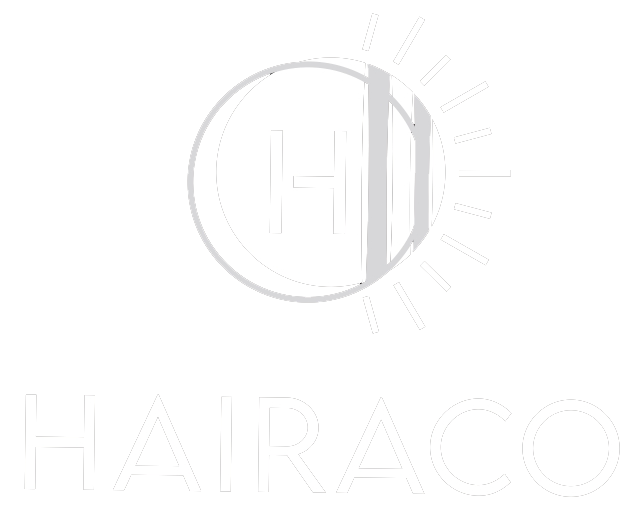Understanding Hair Foil Types and Their Impact on Color Absorption
Hair coloring is an art that involves more than just selecting the right shade. The tools and techniques used during the process can significantly influence the final outcome. One such tool is hair foils, which play a crucial role in color absorption. Different types of hair foils can affect how color is distributed and absorbed by the hair, leading to variations in the final look. Let’s explore how different foil types impact color absorption and the overall coloring process.
The Purpose of Hair Foils in Coloring
Hair foils are primarily used in highlighting and lowlighting techniques, allowing for precise application and developing time. Foils serve to separate sections of hair that are being treated with color, preventing the dye from bleeding onto other sections and providing a thermal barrier that increases the temperature, thereby enhancing color absorption and processing speed.
Types of Hair Foils
There are several types of hair foils, each with unique properties that affect color absorption:
1. Aluminum Foils
Aluminum foils are the most common type used in salons. They are favored for their durability and excellent heat conduction. The reflective surface of aluminum foil holds heat, which can help to speed up the chemical reaction during the coloring process, leading to enhanced color penetration and vibrancy. However, the effectiveness can depend on the thickness of the foil and how it is folded.
2. Pre-Cut Foils
Pre-cut foils offer convenience and consistency, as they come in standard sizes, making the application process quicker and more efficient. These foils ensure uniform color distribution and absorption due to their pre-defined shapes and sizes. The material ensures that the color is absorbed evenly, especially fundamental in achieving symmetrical results.
3. Embossed Foils
Embossed foils feature a textured surface that provides additional grip, preventing slipping during application. This feature is beneficial for achieving even color absorption, as it maintains secure placement throughout the processing time. The texture may also allow for better product distribution as the color adheres firmly to the grooves on the foil.
4. Tear-Foil Sheets
Tear-foil sheets are customizable and allow for varying sizes according to the needs of the stylist. This flexibility means they can be adapted for creating intricate color patterns or covering larger sections of hair. The custom sizing can result in varying absorption levels, with properly sized sheets offering optimal processing and reduced waste.
5. Thermal Foils
Thermal foils are designed to retain more heat than traditional foils, often made with additional thermal layers. This enhanced heat retention can accelerate the color processing time and improve color absorption, particularly useful for achieving lighter or brighter tones. Their advanced design often makes them pricier, but they can save time and reinforce the vibrancy of results.
Impact of Foil Choice on Color Absorption
The choice of foil type can directly impact how evenly and effectively the color is absorbed into the hair. Factors such as heat retention, foil thickness, texture, and size all play a pivotal role in the end result:
- Heat Retention: Foils that retain more heat can improve the penetration of color into the hair shaft, leading to richer and more intense tones.
- Thickness: Thicker foils can provide more insulation, ensuring even processing, while thinner foils may not be as effective in retaining heat.
- Texture: A textured surface prevents slipping, leading to uniform color distribution, crucial for balanced highlights.
- Size: Properly sized foils prevent over-saturation or missed strands, which can affect the evenness of the final color.
Conclusion
In the world of hair coloring, every detail matters, from the foil’s texture to how it retains heat. Understanding the different types of hair foils and their impact on color absorption is essential for achieving the desired results. While the classic aluminum foil remains a staple, exploring other options such as pre-cut, embossed, or thermal foils may offer benefits that align better with specific styling goals. Ultimately, whether you’re a seasoned colorist or a home coloring enthusiast, selecting the right foil type can lead to a more effective and stunning hair color transformation.
For those looking to enhance their coloring techniques, consider trying out Hairaco’s range of innovative foil products, designed to maximize color absorption and cater to a variety of styling needs.

